Five scientists from the University of Twente received gratifying news from the European Research Council (ERC) this week: David Fernandez Rivas, Jeroen Rouwkema, Stefano Stramigioli, Ivo Vellekoop and Wiebe de Vos have been awarded a Proof of Concept grant. This top-up funding is awarded to ERC grantees to explore the innovation potential of their scientific discoveries and bring the results of their frontier research closer to the market.
David Fernandez Rivas – Bold-Jet
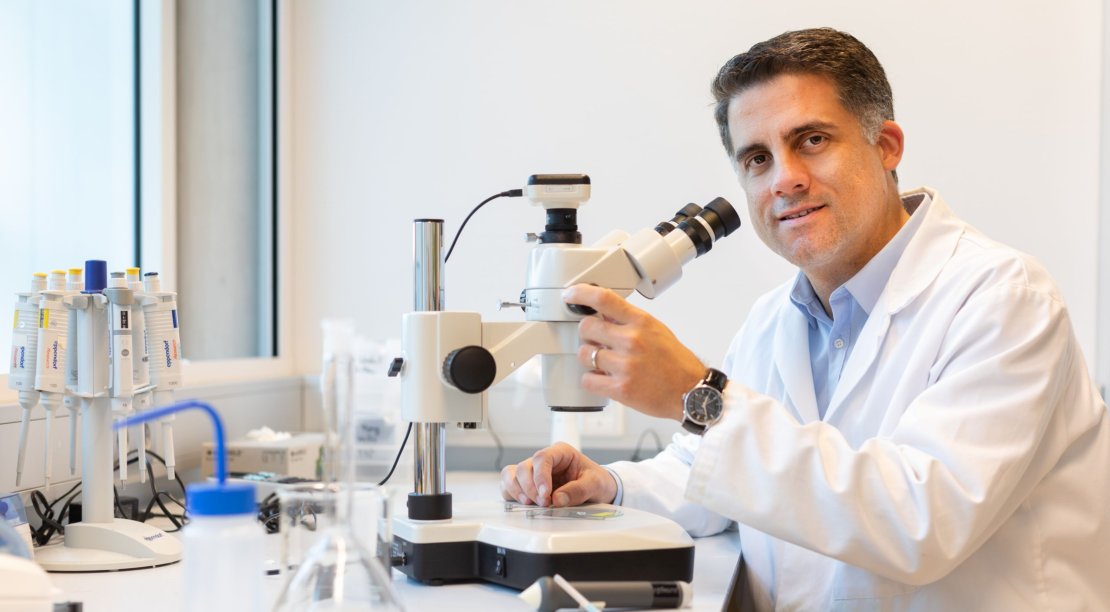
Bold-Jet’s value proposition is to revolutionize the experience of people who receive or perform frequent injections by developing a unique needle-free device using microjets. The device will offer high levels of safety and precision while being minimally invasive and eco-friendly. By avoiding the use of needles, we can increase adherence to treatments by patients with fear of sharps and expand clinical routes for existing drugs and treatments.
Bold-Jet will become a solution perfectly suitable for treatments that do not require a high dosage in one injection event. Among others, vaccines such as antigen-based and nanoparticle-based (as used for mRNA vaccines against COVID-19), hormones, and drugs with elevated potency are good candidates. The same technology will be capable of injecting other types of liquids of great commercial relevance, such as inks and cosmetic formulations.
Jeroen Rouwkema – BioTisSeal
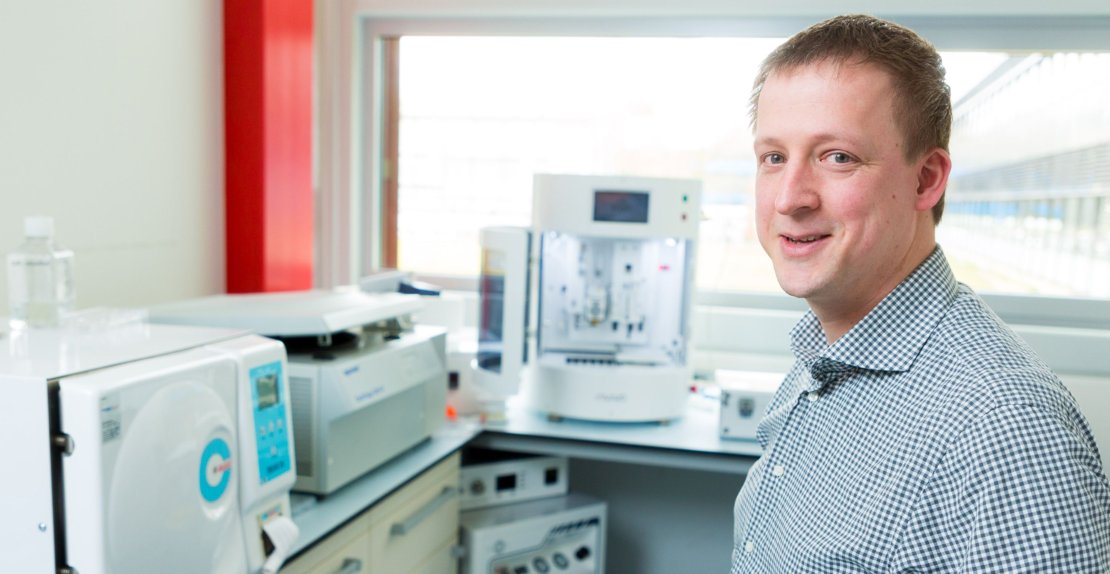
Jeroen and his team work on the development of full-functional cultured tissues as a substitute for donor tissue. This requires cultured tissues to be able to hold a hierarchical vascular network that can further develop and organize its way through the tissue and connect to the vascular network in the human body. For this, technology to control the local cellular environment is needed to guide tissue organization.
Within the VascArbor project, Jeroen, together with PhD candidate Deepti Rana, developed a new technology to pattern the availability of growth factors in hydrogel tissue constructs. It is specifically aimed at controlling factors that play a role in blood vessel organization, to aid vascular cells to organize and develop themselves into a fine-structured vascular network.
With the additional financial contribution from the ERC, Jeroen and Deepti can undertake further steps to putting the developed technology into practice. BioTisSeal aims at the generation of a bioactive tissue sealant that can aid in the healing of skin wounds by using the growth factors that are available at the wound site. It includes both further technological exploration and developing a feasible business proposition.
Stefano Stramigioli – PET
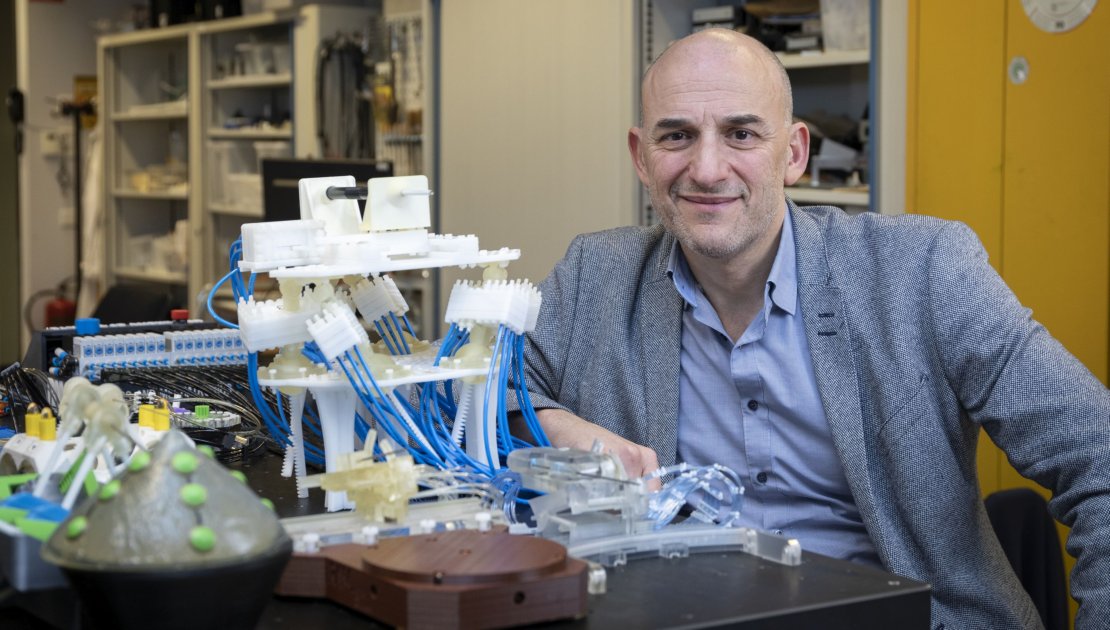
The ERC AdG “PortWings” wants to understand the basic physics behind bird flight and work towards novel engineering ways to create a robotic bird that would outperform anything out there. One of the aspects of this endeavour is the engineering of embedded sensing and actuation in materials, especially using additive manufacturing.
In this specific line, the researchers had the patented idea to use an electrically conductive material for 3D printing and use this in combination with electrodes to measure the resistance in real-time to determine the properties of the object under printing. This could drastically improve 3D printing by giving a cheap and easily implementable way to close the loop during printing and acquire data that can be used for different characterisation purposes.
Ivo Vellekoop - WAVESIM
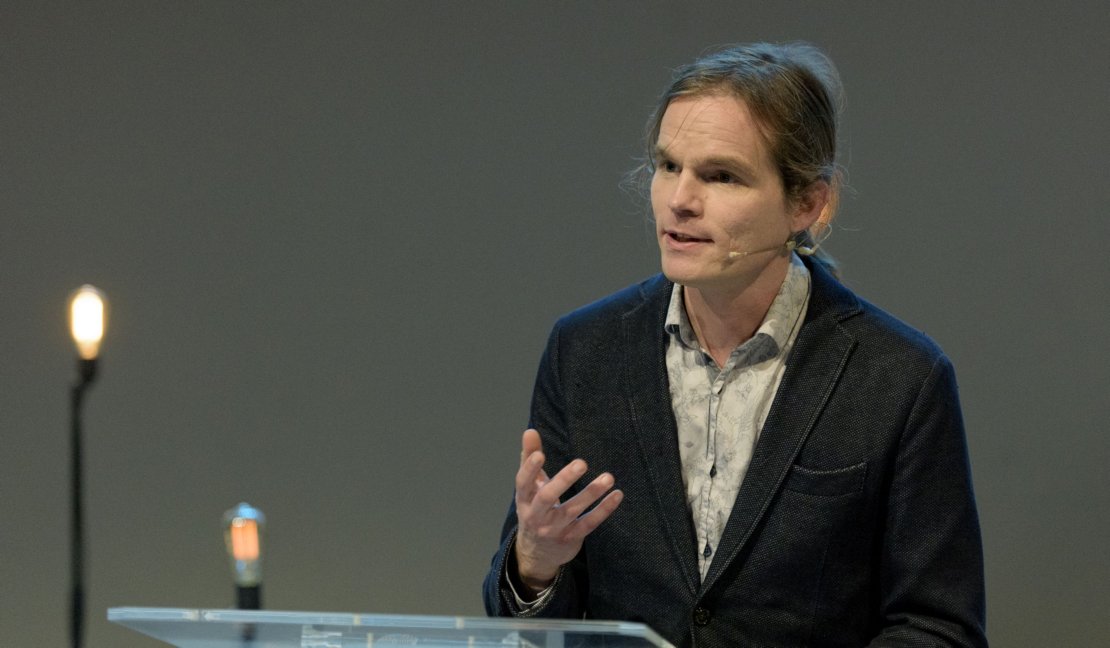
Calculating how light propagates through complex structures is essential for developing faster internet, better camera lenses, more sensitive sensors, and more efficient light sources. Unfortunately, accurate simulations of large structures are very time consuming. As part of the EU funded project DEEP VISION, Ivo and his team have developed a radically different simulation method that is up to a factor 1000 faster than state-of-the-art commercial solvers. Their method is not limited to light, it is can be used for many other types of waves, such as seismic waves, quantum wavefunctions, radio waves, or medical ultrasound. At the moment, however, the method is limited to structures that are small enough to fit on a single computer.
In the WAVESIM proof-of-concept project, we will distribute these computations over the cloud, allowing hundreds of computers to work in parallel, and allowing virtually unlimited structure sizes. Furthermore, we will investigate options for commercializing the software and integrating it in the design pipelines used in the photonics industry.
Wiebe De Vos - SHIPMENT
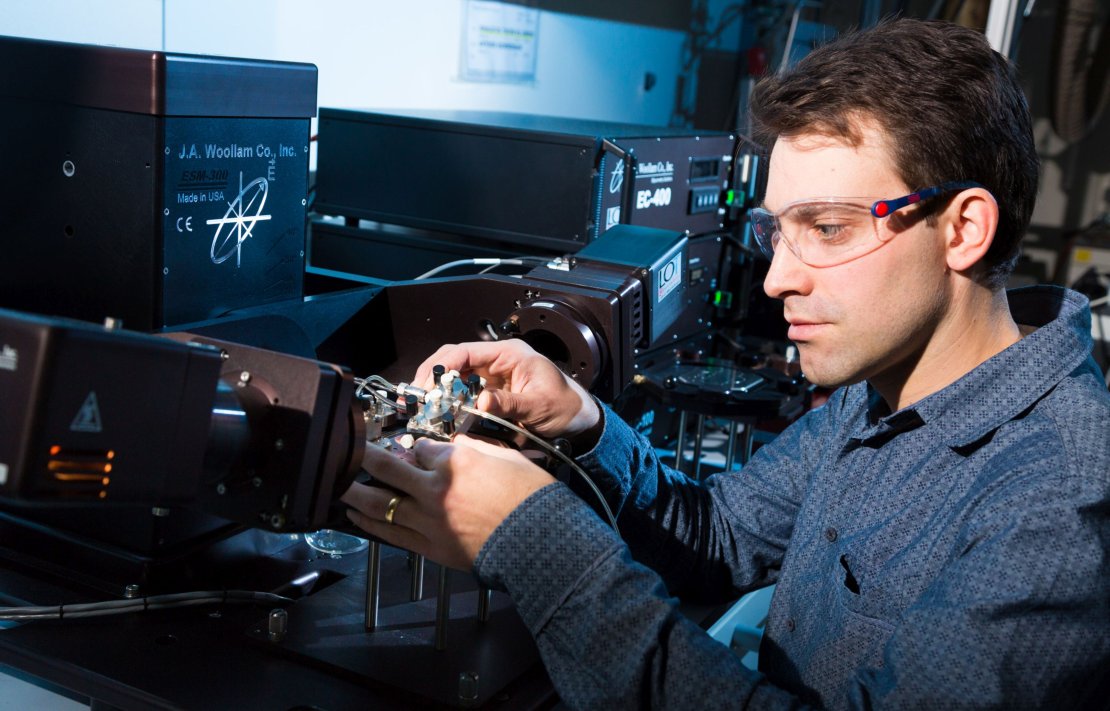
Membrane technology is a very sustainable approach to separation, as it requires much less energy than conventional separation approaches. However, the sustainable image of membranes becomes substantially tarnished when you realize that nearly all membranes are prepared using large quantities of toxic and unsustainable aprotic solvents (NMP, DMF, etc.).
An Aqueous Phase Separation (APS) technique has recently been proposed by Wiebe de Vos and his team, as a green and sustainable alternative to producing membranes. In the ERC-PoC project SHIPMENT, this APS approach will be pushed further to improve the membrane performance and to allow the fabrication of competitive membranes in a highly sustainable manner.
Commercial or societal potential
Proof of Concept grants, worth €150,000 each, aim to help researchers who are currently conducting or have recently conducted ERC funded research, to explore the commercial or societal potential of their ERC funded work. The grants can be used in various ways, for example, to explore business opportunities, prepare patent applications or verify the practical viability of scientific concepts.





